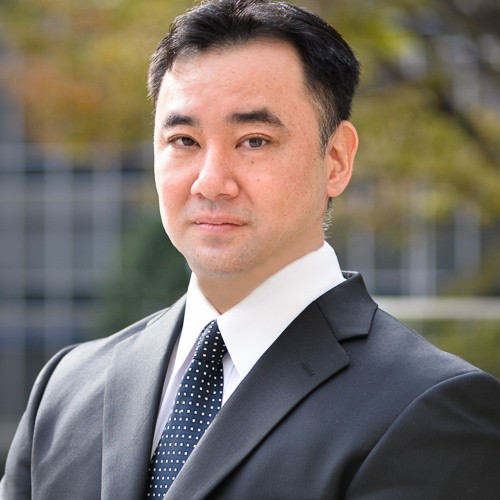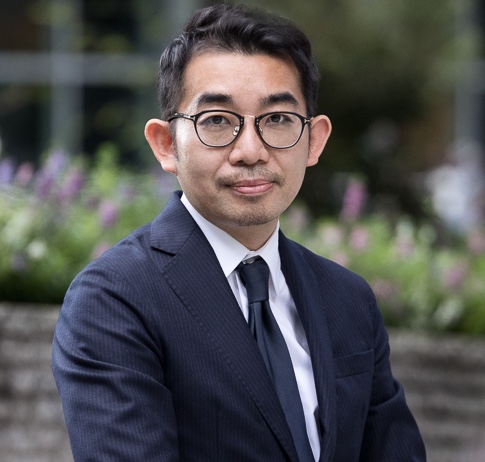Introduction
With the prevailing low interest rates, Japanese asset allocators have increasingly turned to offshore investment funds for target returns, resulting in Japan remaining as a key jurisdiction for offshore fund managers seeking to raise capital.
However, due to the complexities of Japan’s regulatory regime in comparison to other jurisdictions, offshore fund managers often find it difficult to fully comprehend the nuances of the Japanese regulations surrounding the solicitation and marketing of fund interests to investors in Japan.
This article is intended to provide a broad overview of the regulatory framework of Japan in connection with the private placement of fund interests to Japan-based investors.
The Financial Instruments and Exchange Act of Japan
The Financial Instruments and Exchange Act of Japan (the FIEA) is the primary regulation in Japan which governs the various financial instruments business activities - including the marketing of fund interests.
Under the FIEA, there are four primary financial instruments business registrations as set forth below:
Type 1 Financial Instruments Business Operator (a Type 1 Dealer);
Type 2 Financial Instruments Business Operator (a Type 2 Dealer);
Discretionary Investment Management Business Operator (a DIM); and
Investment Advisory and Agency Business Operator (an IAA)
To properly understand the permissible scope of activities under each of the registrations set forth above, it is first necessary to understand that "securities" are broadly divided into two separate categories under the FIEA.
Securities defined under Article 2, Paragraph 1 of the FIEA (Paragraph 1 Securities) are financial instruments such as shares of capital stock companies, bonds, units of investment trusts, shares of investment corporations, warrants and commercial paper. While Paragraph 1 Securities are frequently referred to as liquid securities, liquidity is not a factor in this categorisation.
Paragraph 2 Securities are financial instruments defined under Article 2, Paragraph 2 of the FIEA and include beneficial interests of a trust (excluding units of investment trusts), interests in limited partnerships, limited liability partnerships and limited liability companies.
Turning back to the financial instruments business registrations discussed above, as a general matter, any entity wishing to engage in the business of marketing securities to investors in Japan must register with the Financial Services Agency of Japan (the JFSA) as either a Type 1 Dealer or Type 2 Dealer. A Type 1 Dealer is permitted to market Paragraph 1 Securities in Japan while a Type 2 Dealer is permitted to market Paragraph 2 Securities in Japan.
The other two major registrations under the FIEA are the DIM registration and the IAA registration.
The DIM registration permits the registrant to engage in a discretionary investment management business – which traditionally refers to the making of trades or investment decisions in Japan. However, in recent years, this registration is increasingly being used by fund managers as an indirect way to raise capital from Japan-based investors, particularly pension funds.
The IAA registration allows the holder to conduct two activities – providing non-discretionary investment advice to a third party about the value of securities and investment decisions; and acting as an intermediary or agent for a party which is entering into investment advisory or investment management agreements.
Private Placement of Fund Interests in Japan
It should be noted that the rules and regulations applicable to the private placement of Paragraph 1 Securities differs significantly in comparison to Paragraph 2 Securities.
1. Paragraph 1 Securities
As a general rule, any marketing of Paragraph 1 Securities to a Japan-based investor may only be undertaken by a Type 1 Dealer.
In connection with such marketing activities by a Type 1 Dealer, a determination must be made as to the specific model of private placement which will be applicable to the offering of the Paragraph 1 Securities in question.
Under the FIEA, there are four models of private placement for Paragraph 1 Securities as described below.
(i) Small Number Private Placement (shouninzu-shibo)
Up to 49 solicitations over a six-month period with certain transfer restrictions.
(ii) Hybrid Private Placement (kakudai-shouninzu-shibo)
A derivative of placement model (i) above, pursuant to which up to 49 solicitations over a six-month period may be made but any solicitations to qualified institutional investors (QIIs) are excluded from counting such 49 solicitations.
(iii) QII Private Placement (tekikaku-kikan-toushika-shibo)
An unlimited number of solicitations but only to QIIs with certain transfer restrictions.
(iv)Professional Investor Private Placement (tokutei-toushika-shibo)
Unlimited number of solicitations but only to professional investors with certain procedural and transfer restrictions.
The election of the specific model of private placement will impact the specific disclosures and transfer restrictions which may be applicable to the private placement in Japan.
In addition, prior to any marketing activities by a Type 1 Dealer of an investment fund whose interests are Paragraph 1 Securities, the investment fund may be required to make a filing to the JFSA pursuant to the Act on Investment Trusts and Investment Corporations of Japan (the ITIC Notification). The ITIC Notification is a Japanese language filing that summarises the material terms of the fund, the Japan offering and its various service providers. The contents of the ITIC Notification are not available to the public as ITIC Notification is strictly for the reference of the JFSA.
Type 1 Dealers are prohibited from engaging in any marketing activities of the investment fund in Japan until the fund has submitted an ITIC Notification to the JFSA.
2. Paragraph 2 Securities
As a general rule, any marketing of Paragraph 2 Securities to a Japan-based investor may only be undertaken by a Type 2 Dealer. However, it should be noted that the definition of a private placement varies significantly for Paragraph 2 Securities in comparison to Paragraph 1 Securities as the FIEA defines a private placement of Paragraph 2 Securities as any offering in Japan which has 499 or fewer Japan subscribers.
It should be noted that the ITIC Notification is not necessary for the offering of Paragraph 2 Securities to Japan-based investors.
Common Exemptions
There are certain exemptions which offshore fund managers may seek to rely on in relation to any contemplated fund marketing activities in Japan.
1. The Foreign Securities Firm Exemption
Article 58-2 of the FIEA allows a foreign securities firm to engage in limited scope of securities marketing towards a Japan-based investor without being registered as a Type 1 Dealer or Type 2 Dealer (the Foreign Securities Firm Exemption). The marketing restrictions imposed by the Foreign Securities Firm Exemption will vary based on the type of investor that the foreign securities firm is seeking to market to in Japan.
With respect to most types of Japan-based investors, this exemption does not allow the foreign securities firm to engage in any onshore marketing activities in Japan (i.e. visits to Japan) as this exemption generally limits the foreign securities firm to engage only in offshore marketing activities into Japan (phone calls or e-mails).
Where the specific investment fund interests sought to be marketed under this exemption are Paragraph 1 Securities, the relevant fund in question would be required to submit an ITIC Notification to the JFSA.
2.The Article 63 Exemption
In connection with the marketing of interests in limited partnerships to Japan-based investors, a commonly relied on exemption is the "Special Permitted Businesses directed at Qualified Institutional Investors" as set forth under Article 63 of the FIEA (the Article 63 Exemption).
The Article 63 Exemption permits the general partner of a limited partnership fund to engage in two registered activities:
(i) ‘self-offering’ (jiko-boshu) of the limited partnership interests to Japan-based investors; and
(ii) ‘self-management’ (jiko-unyo) of the assets of the Japan limited partners.
These two activities would typically require the general partner to be registered as a Type 2 Dealer and as a DIM, respectively, under the FIEA.
The Article 63 Exemption remains as a popular method used by general partners of offshore limited partnership funds to distribute their fund interests into Japan without having to register as or appoint a Type 2 Dealer. However, as of 1 March 2016, the Article 63 Exemption was significantly overhauled to raise the requirements of general partners operating under this exemption.
Conclusion
Despite the complexities of the Japanese regulatory framework, there have been significant capital-raising activities in Japan in the last few years. Japan-based investors and investment allocators are increasingly looking to offshore fund managers to achieve target returns and Japan is expected to continue to be a key allocator for investment funds in the future. Knowing how to navigate the regulatory landscape in Japan will thus be essential to offshore fund managers to engage in successful capital raising activities in Japan.


